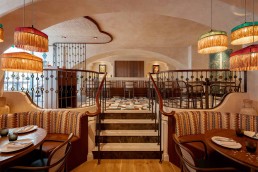
[d]arc dialogues… Adam Britnell (DLSM Studio) on Noreen
 DLSM Studio – the multidisciplinary interior design and branding agency formerly known as Design LSM – proudly unveils Noreen, a bold and evocative new restaurant at the heart of St Christopher’s Place, London. Housed within a 2,900 sq ft Grade II listed former retail space, Noreen is a vibrant celebration of cultural richness and contemporary dining. The design draws inspiration from the name itself, “Noreen” meaning “two lights” in Arabic, exploring duality through both source and effect. This narrative of light is expressed throughout the design, creating an immersive dining experience that feels at once intimate and dramatic. We spoke with Adam Britnell, one of the creative leads behind the project, to uncover the story of the lighting design and its central role in shaping the restaurant’s distinctive identity.
DLSM Studio – the multidisciplinary interior design and branding agency formerly known as Design LSM – proudly unveils Noreen, a bold and evocative new restaurant at the heart of St Christopher’s Place, London. Housed within a 2,900 sq ft Grade II listed former retail space, Noreen is a vibrant celebration of cultural richness and contemporary dining. The design draws inspiration from the name itself, “Noreen” meaning “two lights” in Arabic, exploring duality through both source and effect. This narrative of light is expressed throughout the design, creating an immersive dining experience that feels at once intimate and dramatic. We spoke with Adam Britnell, one of the creative leads behind the project, to uncover the story of the lighting design and its central role in shaping the restaurant’s distinctive identity.
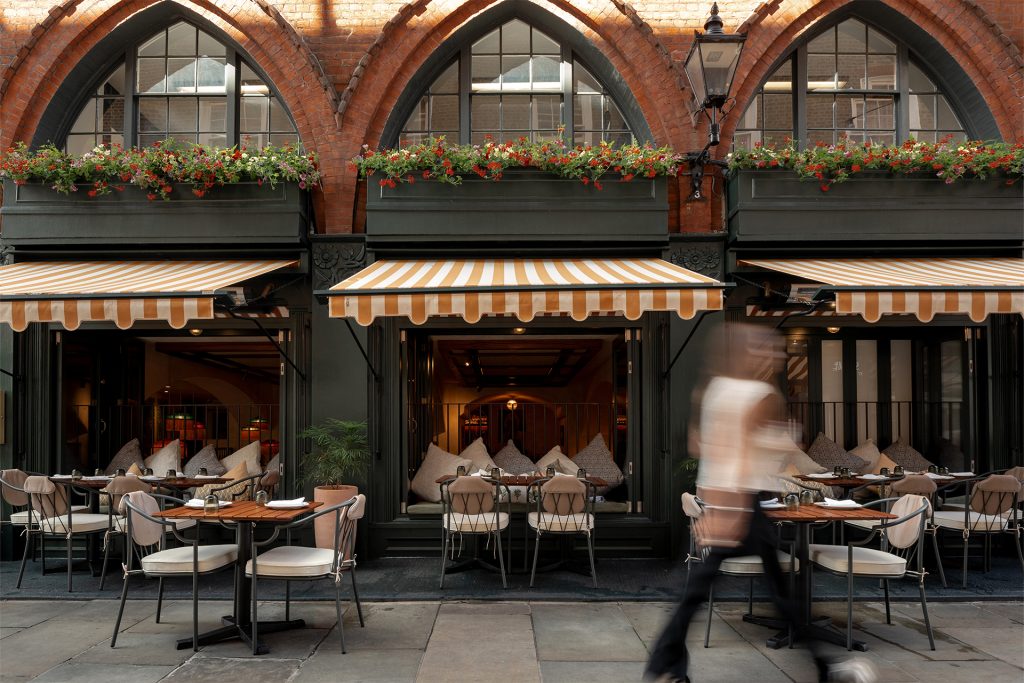
- “Noreen” literally means “two lights” in Arabic — how did this concept of duality influence your approach to the lighting design?
Inspired by the name, the space was designed to explore light from a dual perspective of source and effect, evoking the romance and cultural vibrancy of Arabia, through shadows, forms, colours and textures.
- The interplay of shadow and texture is very apparent throughout the space — how did you use lighting to enhance the tactile qualities of materials like stucco plaster, woven palm, and stained glass?
Natural lighting was a key consideration for us, we were keen to utilise natural light as much as possible and where available, enhancing guest’s experience wherever they are positioned. We designed window booth seats that not only provided a pleasant eating experience but also helped bring the outside into the interior space. For spaces where the natural light couldn’t reach, or into the evenings, we utilised subtle lighting techniques, such as well-placed spike lights in the planters to help spread the shadow of the plants, or small spotlights set behind the lower seat to wash against the palm motif on the booths. The client was also keen not use too many LED washes, and so we used plastered-in ceiling spots which were mainly directed against the stucco walls, rather than directly to the floor or tables.
- Given the Arabian inspiration behind the space, were there traditional motifs or regional lighting techniques you reinterpreted in a contemporary way?
You may notice subtle, washed-out motifs painted directly on the plaster, which not only add a layer of narrative through their styling but also resemble the effect of palm shadows cast against walls in the low Arabian sun. We also used coloured stained glass discs within the screens and balustrade, which radiate colour when lit, resembling decorative jewellery or the building technique often used in the Middle East of installing glass bottles into walls.
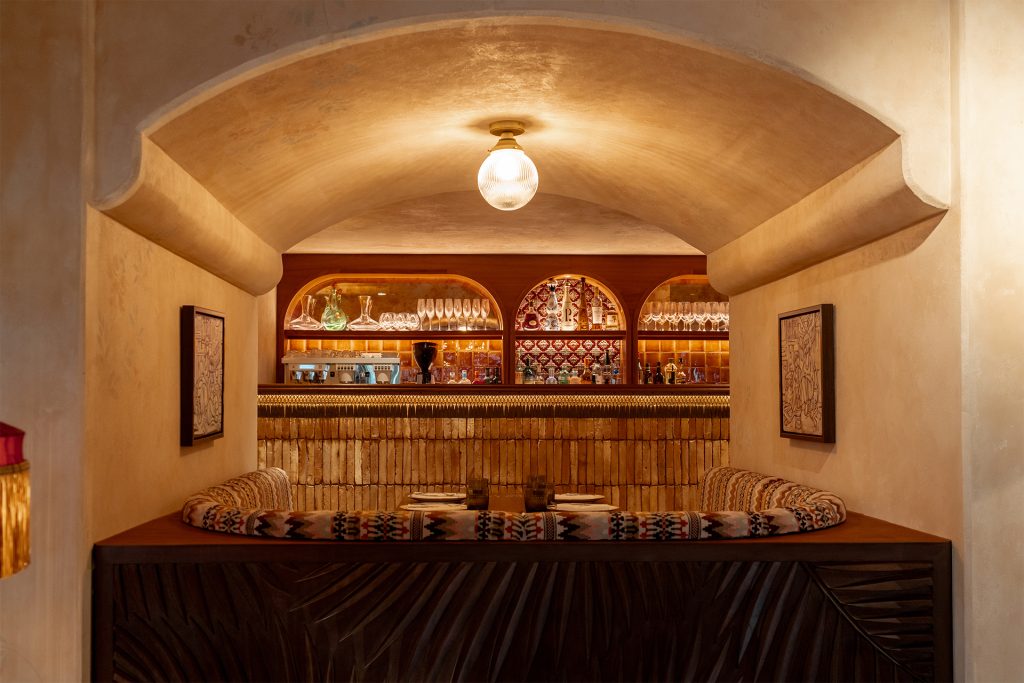
4. The restaurant features several spatial experiences – from intimate alcoves to an open kitchen and indoor/outdoor seating – how did the lighting strategy shift across these zones, as well as how did you maintain cohesion in these areas?
We wanted the space to reflect the cool sensation that interiors give when you’re in hot climates (despite being in cool and wet London), but for it still to be dynamic and energetic. The lower main ‘pit’ is closest to the natural light and so organically has more energy about the space, we used bold coloured decorative fringed pendants over the seating to keep the energy higher. For the intimate alcove booth seating, we didn’t want to over-light it, and so by keeping them open on both sides, and having such a low ceiling, a small decorative cut glass overhead light was more than enough to create the required, cosy, relaxed ambience.
- Noreen lives within a Grade II listed building. Were there any constraints or challenges in integrating the lighting infrastructure into the heritage fabric of the space?
External lighting was generally our biggest issue when it came to sympathetic lighting. However, by lining the façade with window booths, we could utilise the spill of light from inside to create a warm and inviting ambience, especially via the planting spike lights which were behind these booths. We had to keep the demise of the external seating close to the façade, and so we used subtle, antique brass spots, and a warm yellow awning to hold the light close to the guest.
- Did the open kitchen and dessert bar present any specific lighting challenges or opportunities, especially in creating both drama and clarity for staff and guests alike?
Naturally, an open kitchen can cause issues when it comes to light bleed. However, due to the nature of this being a finishing kitchen, we were able to use warmer notes of light, which were hidden from the main restaurant via bulkheads, to give adequate lighting for the chefs, without ruining the ambience for the guests.
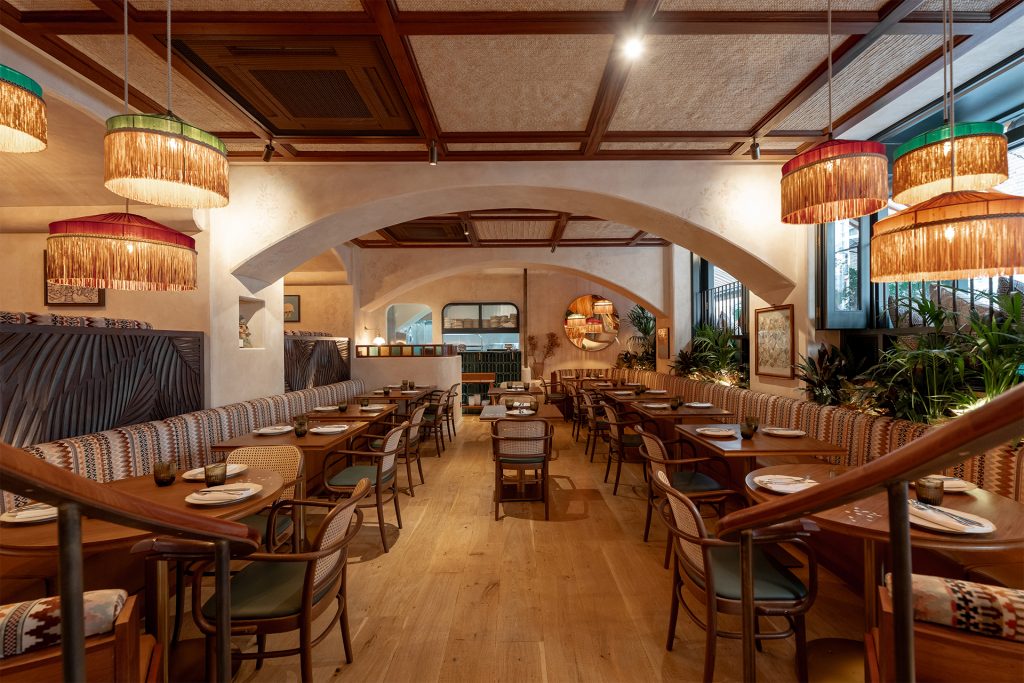
- Was there a conscious decision to “stage” specific areas with theatrical lighting, or did you opt for a more subtle approach?
Our client was keen not to over exaggerate the lighting, especially if that meant seeing exposed LED sources, so we therefore designed towards a more subtle approach. When you look at the dishes that Noreen serves, you can see the vibrancy and passion that they are putting into their food, which is so typical of beautiful Arabian meal times; therefore, we didn’t want to detract with dramatic lighting techniques and instead focused on the food being the ‘star of the show’.
- How closely did the lighting design tie in with the branding and narrative of Noreen?
We also designed the branding identity for Noreen, and so we built the narrative and tone of voice from the ground up This idea of the cause and effect of lighting was considered from the outset.
- Finally, how do you want guests to feel when they experience Noreen?
We wanted the design to evoke that feeling of when you escape the hot, late afternoon sun. A sense of relief and calm, but not to an extent that you lose the vibrancy and fun that Noreen as a brand wants to portray. The light had to be warm, with dashes of colour, and in some cases, such as the nooks, sparse. The lighting strategy was well considered, with a strong focus around the effect it creates after – the shadow from the plants, the colour from the glass, the reflection against a mirror or the texture of the plastered walls.


